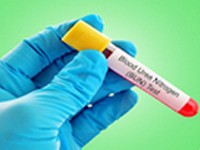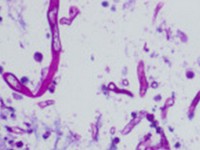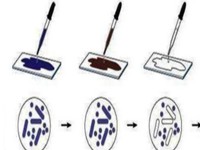
A BUN creatinine ratio is a blood work done to detect acute or chronic renal disease/failure. Both BUN and creatinine are filtered in the kidneys and excreted through urination and they are a perfect parameter for identifying the overall functions more…

What is a PAS Stain? A PAS Stain is a staining method that detects polysaccharides and mucosubstances. Examples are glycogen, glycolipids, glycoproteins, and mucins. It stands for Periodic Acid-Schiff stain. It is one of the commonly used procedures in the more…

What is Gram Staining Gram staining is a microbiologic procedure used to differentiate Gram-negative from Gram-positive bacteria. It was developed by Hans Christian Gram; a Danish physician, in 1884. The cells are colored red or violet so as to distinguish more…

An estimated glomerular filtration rate test measures the function of the kidney and helps in determining the stage of kidney disease. It pertains to the amount of blood filtered by glomeruli per minute. To find out the estimated glomerular filtration more…

What is Benedict’s test? It is a procedure used to test for simple carbohydrates. It identifies reducing sugars that contain free ketone or aldehyde functional groups. Examples of reducing sugar are glucose, fructose, and galactose. It also includes disaccharides such more…

An indole test is a procedure performed to find out the ability of a microorganism to split amino acid tryptophan to form an indole. The presence of indole is checked with the help of Kovac’s or Ehrlich’s reagent. The indole more…






